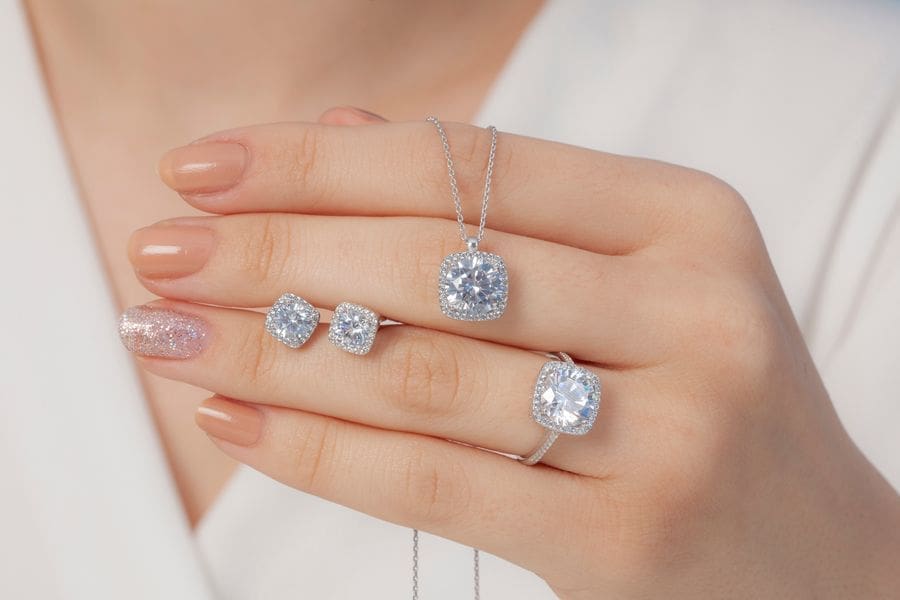To the naked eye, natural and synthetic diamonds look very similar, but the two do have some different characteristics. Natural diamonds form 85-124 miles below the Earth’s surface. Synthetic or lab-grown diamonds are manufactured. It took multiple scientists and extensive research to develop a mined diamond alternative. Let’s compare!
What Is a Mined Diamond?
A mined diamond is naturally made from carbon and is one of the hardest naturally occurring substances on the planet. Mined diamonds formed up to 3 billion years ago, at least 85 miles below the Earth’s mantle. As a result, they experience high temperatures and very high pressure. Once a diamond has been created, it travels via molten rock to the Earth’s crust.
Benefits of Mined Diamonds
- A natural diamond’s value will likely increase over time due to inflation. The larger a diamond is, the rarer it is. The same applies to finding a diamond with perfect color and clarity.
- The finite nature of natural diamonds, which have been traded and purchased for much longer than lab diamonds, makes their pricing more stable over time.
- Although there has been much coverage over the years about “conflict diamonds,” today, roughly 75% of the world’s total diamond production is produced in adherence to regulatory standards of the Natural Diamond Council. Supporting these ethically mined diamonds directly impacts the workers, their families, and their communities.
What Is a Synthetic Diamond?
A synthetic diamond, also known as a man-made diamond, is created in a lab. A lab-grown diamond is often described as a copy of a natural diamond because the same procedures and methods are used. A lab-grown diamond contains the same crystal lattice structure found on a natural diamond.
Benefits of Synthetic Diamonds
- The conditions in the lab resemble those that natural diamonds experience. Therefore, synthetic diamonds have the same optical and chemical properties as natural diamonds.
- Lab-grown diamonds are a cost-effective alternative. There is a shorter supply chain for them in terms of the diamond coming into a consumer’s hands, which reduces cost.
- Lab technicians and scientists constantly monitor the pressure and temperature for the lab diamond to grow. This enables synthetic diamond shoppers to have abundant options from which to choose.






